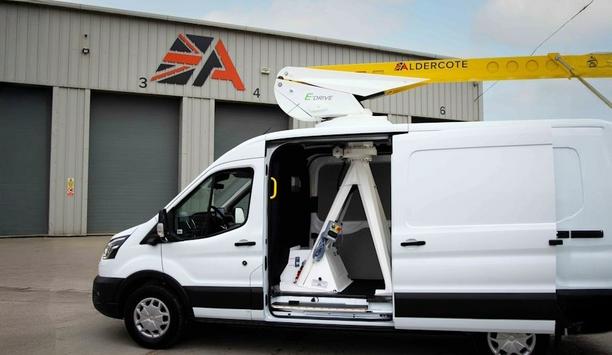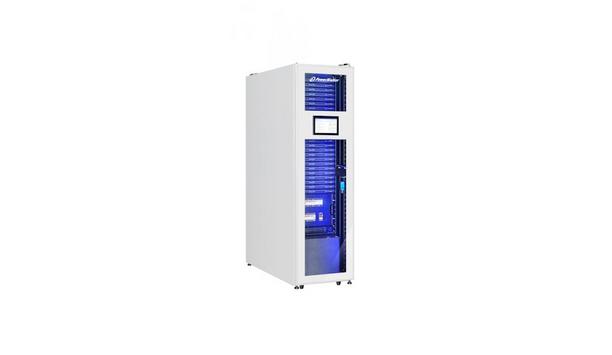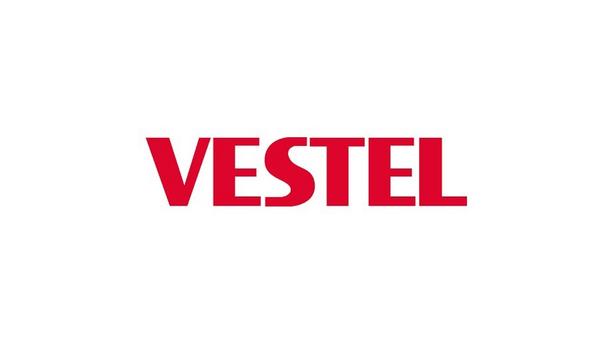Most electronic enclosures need some form of air ventilation to keep cool the electronics within. If this is a RFI/EMI shielded enclosure then the overall shielding effectiveness of the enclosure can be compromised.
For many commercial applications, perforated sheet, metal or metallized plastic will suffice, but for high performance requirements, waveguides provide superior shielding over a wide frequency range.
Waveguides offer superior shielding
Waveguides can be circular, rectangular or honeycomb shaped. The principle is that of ‘Waveguide beyond cutoff’.
Waveguides can be circular, rectangular or honeycomb shaped. The principle is that of ‘Waveguide beyond cutoff’.
The honeycomb vent is series of tubes that acts as a waveguide, guiding electromagnetic waves into or out of the enclosure, but as the tubes are long enough then it attenuates those waves. Typically, the tube should be at least 3 times as long as the diameter. Good practice is 4 times. Therefore, a 3.18 mm cell should be 12.7 mm long.
Aluminum honeycomb vents
The most cost-effective is aluminum honeycomb, because it offers high shielding performance, light weight and good airflow, as it is 96% open area. A typical shielded enclosure will use 2 honeycomb ventilation panels - one as the inlet and one for the exhaust.
Aluminum honeycomb vents are supplied in an aluminum frame with an EMI gasket to ensure a good electrically conductive bond with the enclosure. Many frame styles are available to suite different mounting methods.



